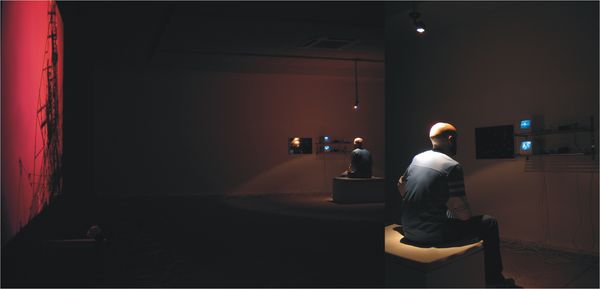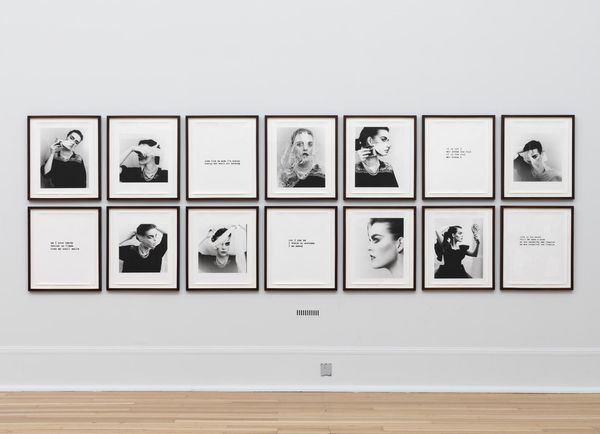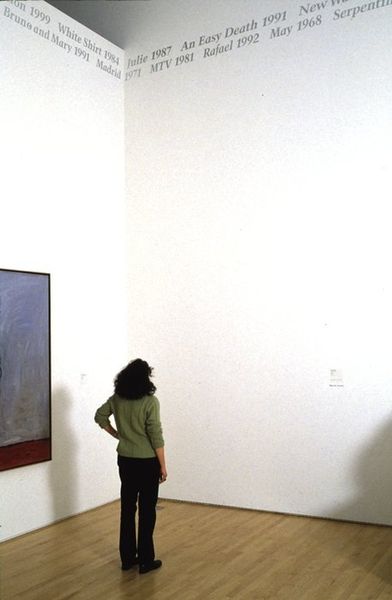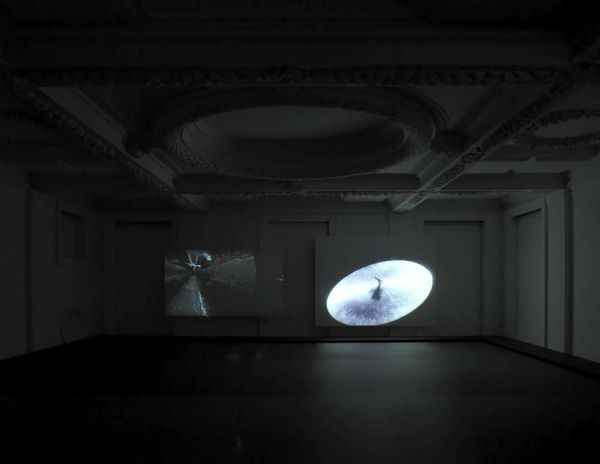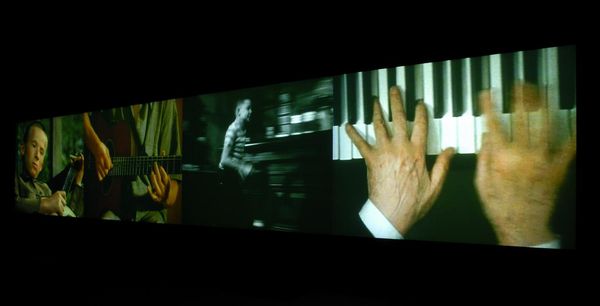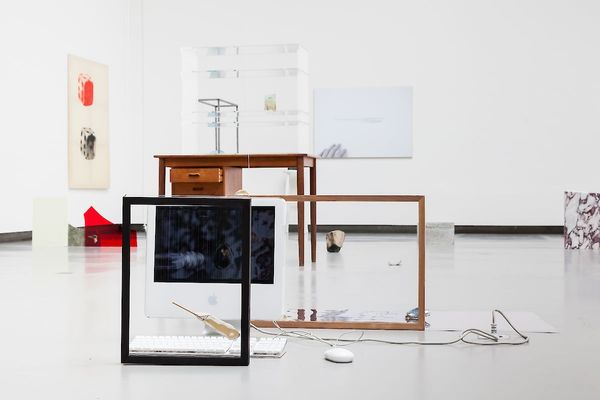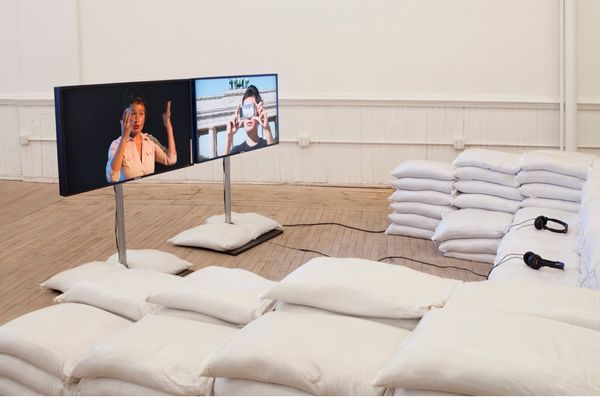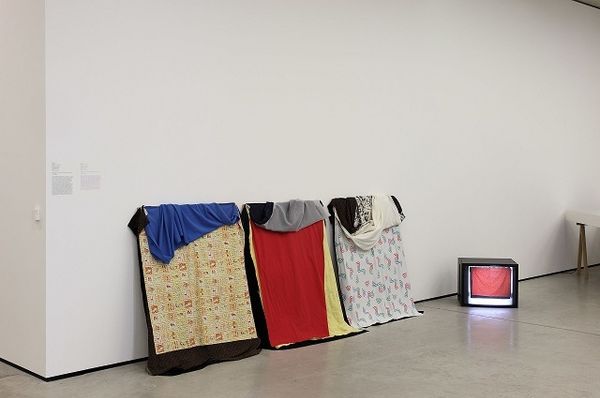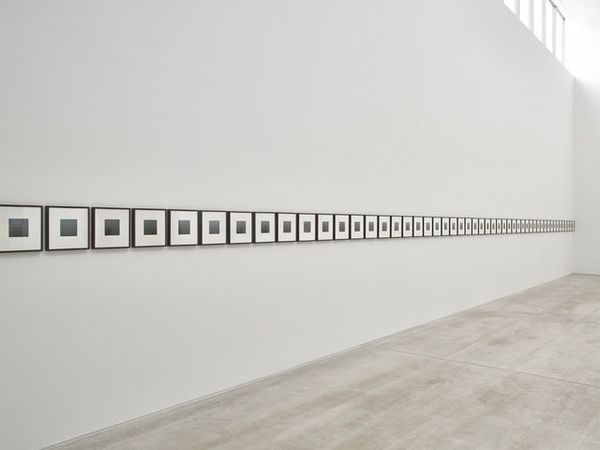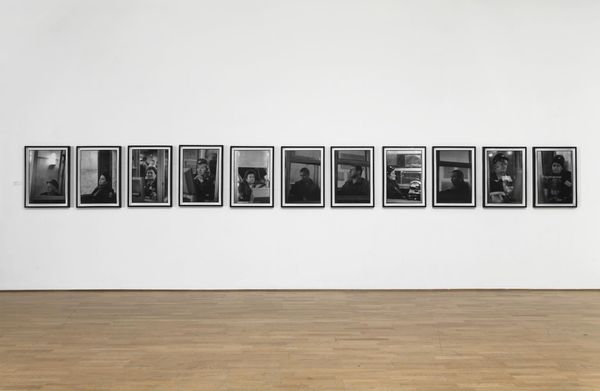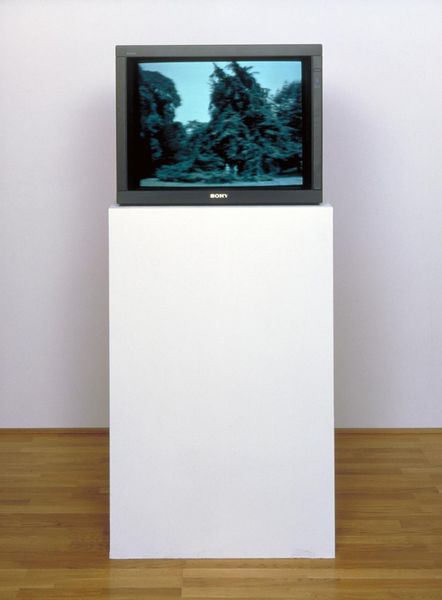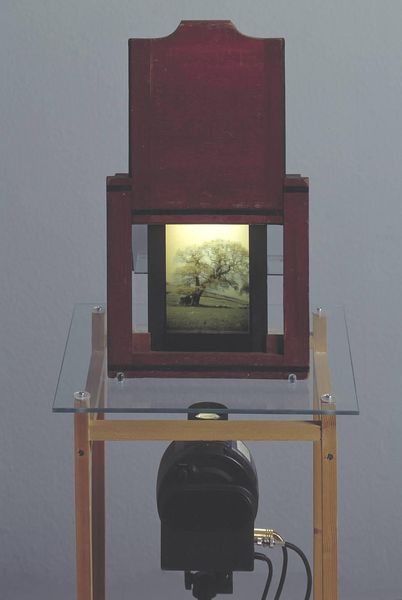
Copyright: Amir Baradaran,Fair Use
How has the digital world changed the way we interact with art? What is the future of art in the digital age? The changing nature of art in the contemporary age is a key theme in the work of Amir Baradaran. Born in 1977, Baradaran is a New York based Iranian-Canadian artist who refers to himself as an ‘ARtificial artist’. He works across multiple mediums, from performance to photography and even Augmented Reality. This work, titled ‘Frenchising Mona Lisa 1’, was created by Baradaran in 2011. The project was an Augmented Reality smartphone app which allowed visitors to the famous Louvre Museum in Paris to view the gallery masterpieces in a new way. By focusing their phone cameras on Leonardo’s ‘Mona Lisa’, the most iconic painting in the museum, the visitors could watch the figure stand up and wrap herself in the French flag. By inviting visitors to see the museum in a new way, Baradaran highlighted the changing role of machines in our everyday life. The use of technology allowed for an additional layer of interactivity – no longer was Mona Lisa a static image on the wall. On the screens of the viewer, she became a real woman who challenged their conceptions of old masterpieces. 🖼️ And why the French flag? The tricolour is one of the most obvious symbols of French national identity. Could the artist have been making a statement about patriotism and the political aspects of museums? ‘Frenchising Mona Lisa’, however, wasn’t without controversy. The app was featured on the cover of ArtinAmerica.com, and generated intense public attention. Some believed that the project was not art, but simply a dramatic spectacle. The Louvre eventually forced Baradaran to close his project! So, what do you think? What is the future of art in the digital age?
Comments
No comments
Be the first to comment and join the conversation on the ultimate creative platform.
